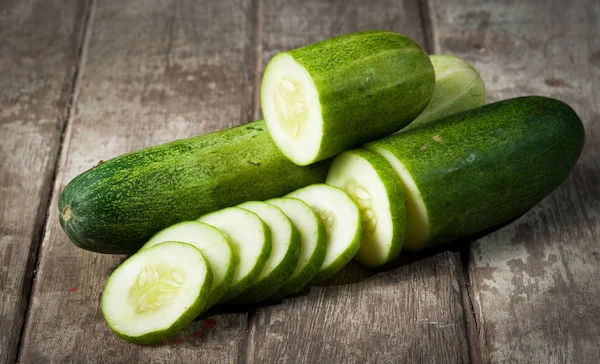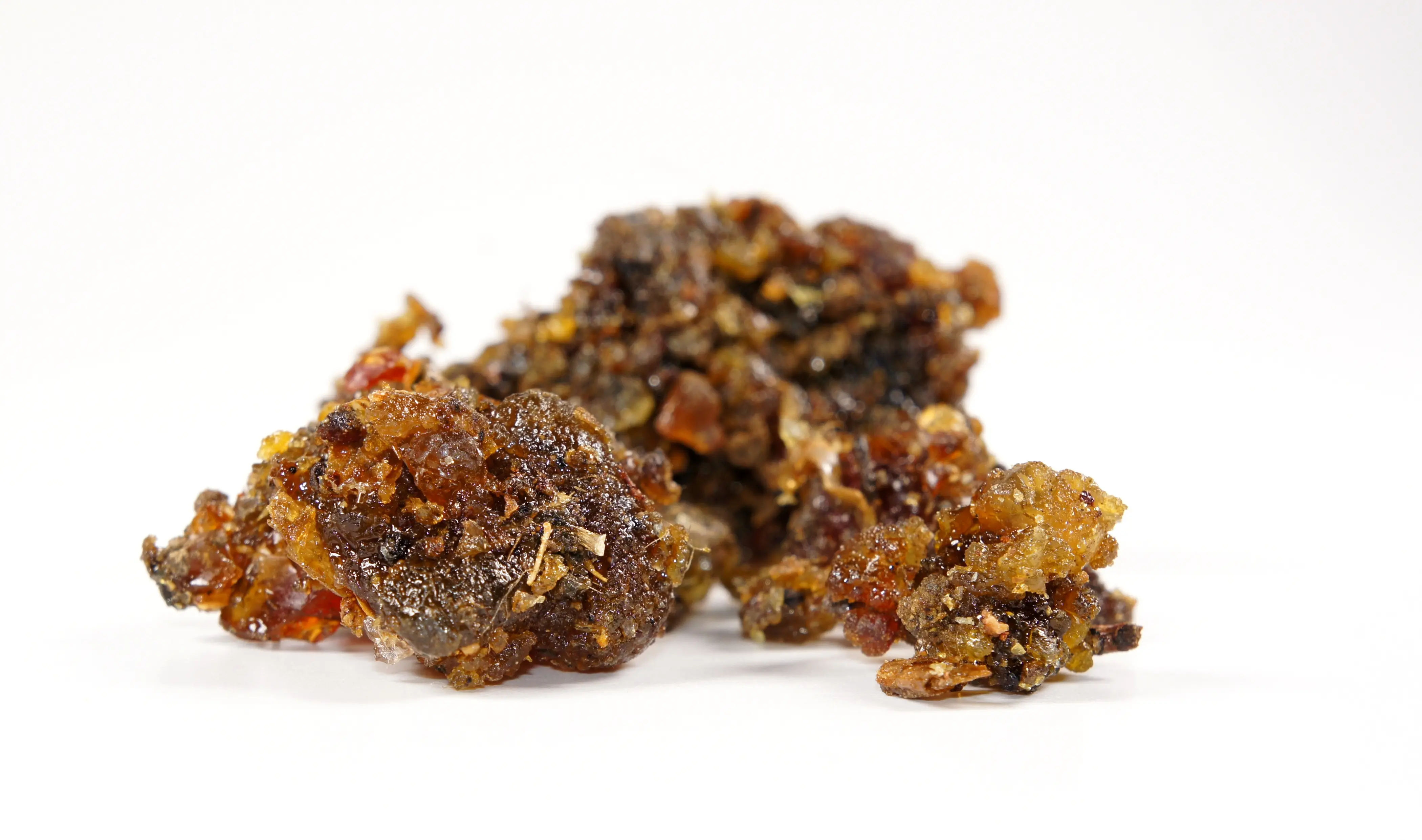Monsoon Foot Care: A Podiatrist's Guide
Discover essential podiatrist-recommended tips for monsoon foot care. Keep your feet healthy, clean, and infection-free during the rainy season.


Introduction
The pitter-patter of rain brings relief from the summer heat, but it also ushers in a season of heightened challenges for our feet. Navigating through puddles and enduring constant humidity creates the perfect breeding ground for fungi, bacteria, and a host of foot ailments. This monsoon, don't let foot problems dampen your spirits. This comprehensive guide, grounded in podiatric principles, will walk you through everything you need to know to keep your feet healthy, comfortable, and infection-free throughout the rainy season. We'll explore the common risks, provide a detailed preventive action plan, and highlight when it's time to seek professional medical advice, including convenient options like consulting a doctor online with Apollo24|7.
Why Your Feet Need Extra Care During the Monsoon
Our feet are remarkably resilient, but they are particularly vulnerable during the monsoon. The combination of environmental factors creates a "perfect storm" for foot troubles.
The Perfect Storm: Moisture, Heat, and Bacteria
The primary enemy of foot health in the rainy season is prolonged moisture. When feet are trapped in wet shoes and socks, the skin softens and macerates, much like pruning in a bath. This breakdown of the skin's natural barrier, the stratum corneum, creates microscopic cracks. These cracks are open invitations for pathogens. Coupled with the warm, dark environment inside a shoe, you have an incubator for fungi (which thrive in warm, moist places) and bacteria (which multiply rapidly on damp skin).
Common Rainy Season Foot Problems You Should Know
Understanding these common conditions is the first step toward prevention and early treatment.
Athlete's Foot (Tinea Pedis): The Itchy Intruder
A fungal infection that causes itching, stinging, and burning between the toes or on the soles. It often presents with red, scaly rash and blisters. The fungus is contagious and can spread in damp communal areas.
Bacterial Infections: When Soft Skin Turns Sour
Bacteria, such as Pseudomonas, can cause greenish discolouration under toenails or painful, pus-filled infections in breaks in the skin. Another common issue is pitted keratolysis, which causes white, crater-like pits and a foul smell on the soles due to bacteria that digest keratin.
Plantar Warts: The Stealthy Viral Invaders
Caused by the Human Papillomavirus (HPV), these warts on the soles of the feet can be pressed inward by walking, causing pain. The virus enters through tiny cuts or weak spots in wet, softened skin, often in public showers or pools.
Smelly Feet: More Than Just an Embarrassment
While sweat itself is odorless, bacteria on the skin feast on it, producing isovaleric acid, the source of the characteristic cheesy smell. Humidity exacerbates this process significantly.
Consult a Podiatrist for the best advice
Your Monsoon Foot Care Action Plan: Prevention is Key
An ounce of prevention is worth a pound of cure, especially during the monsoon. Here’s your detailed podiatry-approved action plan.
The Golden Rule: Keep Them Dry, But Do It Right
Everyone knows to keep feet dry, but technique matters. After washing or exposure to rain, pat your feet dry thoroughly with a separate, clean towel. Pay special attention to the spaces between your toes, where moisture loves to linger. After drying, consider using an antifungal powder or a talc-free absorbent powder to maintain dryness throughout the day. For those with a history of fungal infections, this is a non-negotiable step.
Choosing the Right Footwear for Wet Weather
Your shoe choice can make or break your monsoon foot care routine.
Prioritise Waterproof: Opt for shoes made of rubber, neoprene, or synthetic waterproof materials. Avoid leather and suede, which are easily damaged by water.
Seek Breathability: When it's not pouring, wear open-toed sandals or breathable mesh shoes to allow air circulation.
Rotate Your Shoes: Never wear the same pair two days in a row. Wet shoes need at least 24 to 48 hours to dry completely from the inside out. Stuffing them with newspaper can speed up the drying process.
Avoid Tight Shoes: Tight footwear creates more friction and traps moisture, increasing the risk of blisters and infections.
Sock Sense: Your First Line of Defense
Socks are crucial for preventing fungal infection in feet during the rainy season. Always wear socks with closed shoes, and choose moisture-wicking materials like cotton or bamboo over synthetic nylon. Pack an extra pair of socks in your bag if you commute, so you can change out of damp ones immediately. This simple habit is a powerful deterrent against bacterial and fungal growth.
Post-Rainfall Rituals: Don't Skip the Clean-Up
After you've been caught in the rain, make it a ritual to wash your feet with an antiseptic or mild soap as soon as you get home. This removes dirt, pollutants, and potential pathogens collected from puddles. Follow the thorough drying and powdering routine mentioned above. Giving your feet some air-time by walking barefoot at home (on a clean, dry surface) also helps.
When to Seek Professional Help: Don't Ignore These Signs
While prevention is effective, infections can still occur. It's crucial not to self-diagnose or use over-the-counter steroid creams incorrectly, as they can worsen fungal infections. Consult a doctor if you experience:
Increased redness, swelling, pain, or warmth in the foot.
Signs of infection like pus or discharge.
A fever accompanying foot symptoms.
No improvement in conditions like itching or scaling after a week of consistent self-care.
If you have diabetes, any foot issue, no matter how small, warrants immediate medical attention due to the high risk of complications.
If symptoms persist beyond two weeks, consult a doctor online with Apollo24|7 for a preliminary evaluation. They can assess your condition and advise if a physical visit or specific tests are needed. For persistent fungal infections, a doctor might recommend a KOH mount test.
Conclusion
The rainy season doesn't have to be a painful time for your feet. By understanding the risks and adopting a proactive, consistent foot care routine, you can easily prevent most common monsoon-related foot problems. Remember, the core principles are simple: vigilance against moisture, smart choices in footwear, and impeccable hygiene. Your feet carry you through every season; giving them the extra care they deserve during the monsoons will ensure they continue to do so comfortably and healthily. Stay dry, stay aware, and step confidently through the rains.
Consult a Podiatrist for the best advice
Consult a Podiatrist for the best advice

Dr. Anup Dhir
Plastic Surgeon
38 Years • MBBS MS (General Surgery) MCh (Plastic & Reconstructive Surgery) FECSM (Fellow of the European Committee of Sexual Medicine). Senior Consultant- Plastic and Cosmetic Surgery.
Delhi
Apollo Hospitals Indraprastha, Delhi

Dr. Sirisha Routhu
General and Laparoscopic Surgeon
11 Years • MBBS, MS General Surgery, FIAGES, FMAS, F-DFSI, Consultant General, Laparoscopic Surgeon & Proctologist
Hyderabad
Apollo Clinic Narsingi, Hyderabad

Dr. Santosh Panigrahy
Plastic Surgeon
18 Years • MBBS, DNB (General Surgery), DNB (Plastic Surgery), Fellowship - Rhinoplasty, Breast, Facial Aesthetics (Europe)
Bhubaneswar
Apollo Hospitals Old Sainik School Road, Bhubaneswar

Dr. Sivakumar N
Podiatrist
15 Years • MBBS.,DCH.,MS.,DFS.,WDF.,FICS.,MBA
Chennai
Apollo Hospitals Greams Road, Chennai
(75+ Patients)

Dr. Rajesh Kesavan
Podiatrist
20 Years • MBBS, MS, FPS, CWSP
Chennai
Apollo Hospitals Greams Road, Chennai




